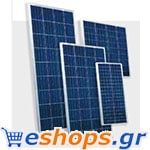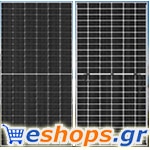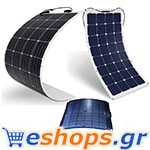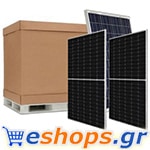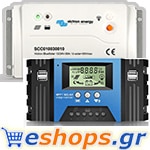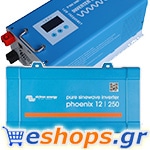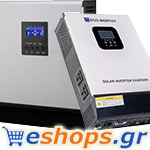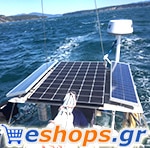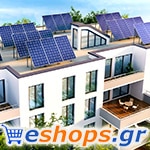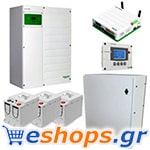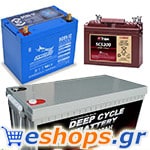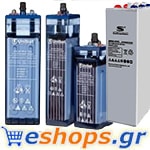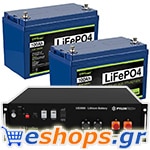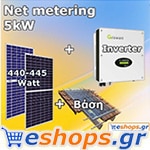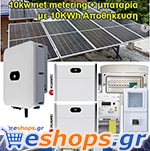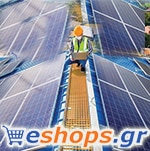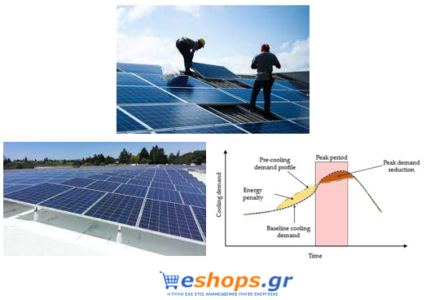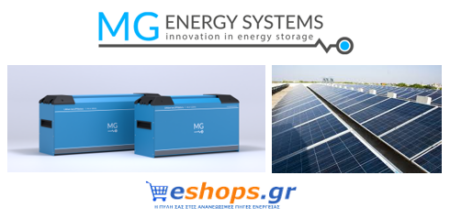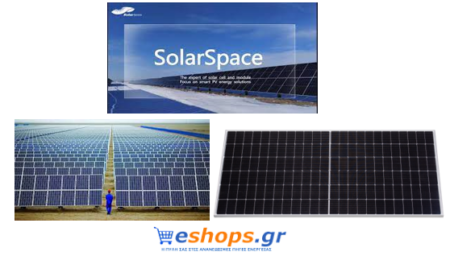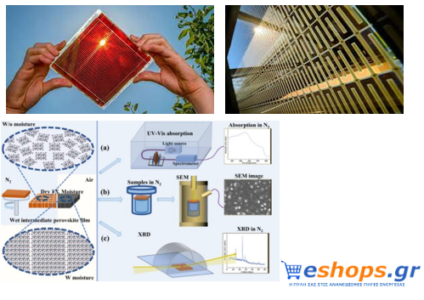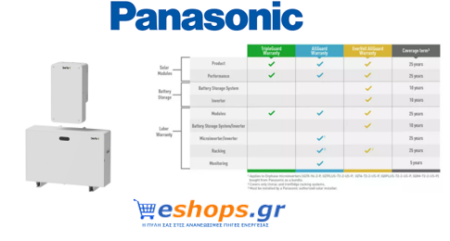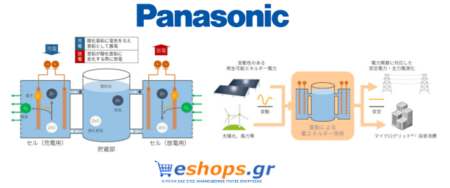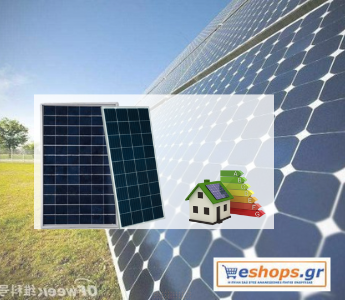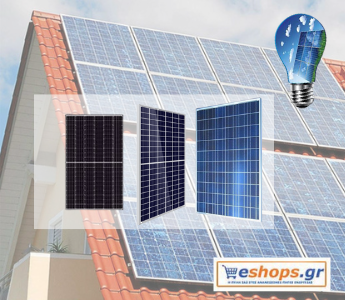Photovoltaics - Current situation and analysis of growth trends of solar energy.
Photovoltaics - Analysis of growth trends of solar energy:
Η combustion and emission of fossil fuels (coal, oil, etc.) is one of the main causes of air pollution. The dynamic development of renewable energy sources can protect the atmospheric environment and play an important role in the sustainable development of society. THE development and use of renewable energy sources has become the main content of the next generation energy development and solar energy production is one of the most important, with unparalleled advantages. This article first analyzes the status quo of solar energy technology and secondly, analyzes the status quo of solar energy technology in my country and finally makes a perspective on solar energy production.
Η development and utilization of solar energy has become a hot spot in the world, mainly in the fields of solar thermal utilization and solar energy production. In the field of solar thermal use, solar water heaters and hot water systems are relatively extensive and effective forms of application. Solar energy mainly includes the production of solar thermal energy and the production of photovoltaic energy.
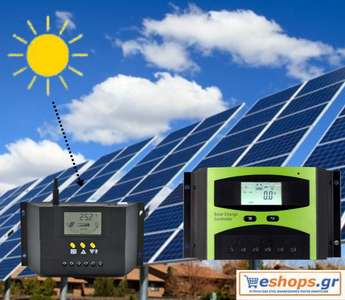
Photovoltaics - Current situation and analysis of growth trends of solar energy.
Η solar thermal energy production refers mainly to the production of concentrated solar thermal energy, which is a technology that uses concentrated solar panels to convert solar energy into thermal energy and the continuous production of electricity through thermal cycles.
Since the 1980s, the United States, Israel, Germany, Italy, and other countries have actively engaged in research and development, and have successively introduced various forms of display devices, such as tower systems, boat systems, and dish systems. Solar photovoltaic power generation is a form of energy production that converts solar radiation energy into electricity through solar cells.
The crystalline silicon solar cells are currently widely used photoelectric conversion devices for the production of solar photovoltaic energy and the production process is mature, has entered large-scale industrial production and is growing rapidly. Since the early 1990s, the production of solar cells in the world has achieved steady and rapid growth and the production of solar cells and frames has shown exponential growth.
The principle of operation of solar cells is based on the photovoltaic effect of the pn semiconductor junction, that is, when sunlight or other light illuminates the pn semiconductor junction, a voltage appears on both sides of the pn junction, which is called the photovoltaic voltage.
The solar power generation system consists of a group of solar cells, a solar controller and a battery (group). If the output power is AC 220 V or 110 V, an inverter is also required.
The functions of each part are:
1) Solar panels: Solar panels are the main part of the solar power system and the most valuable part of the solar power system. Its function is to convert the sun's radiation capacity into electricity or send it to the battery for storage or push the charge to work.
2) Solar controller: The function of the solar controller is to check the operating status of the entire system and to protect the battery from overcharging and overcharging.
3) Battery: generally lead-acid battery, in small and microsystems, nickel-hydrogen battery, nickel-cadmium battery or lithium battery can also be used. Its function is to store the electricity emitted by the solar panel when there is light and to release it when needed.
4) Converter: The direct output of solar energy is generally 12 VDC, 24 VDC, 48 VDC. To supply electricity to 220 VAC devices, it is necessary to convert the DC power generated by the solar power system to AC, so a DC-AC converter is required.
In terms of practical engineering applications, solar photovoltaic technology has been widely used and loved by countries around the world. Photovoltaic power generation has tremendous advantages such as lack of fuel, environmental friendliness, lack of rotating components, simple maintenance, consisting of units and power can be high or low. The photovoltaic power generation system has two aspects: one is a large photovoltaic power station; the other is a roof photovoltaic power station. Large-scale terrestrial photovoltaic power plants have general problems such as long transmission distance, large-scale network connection and high consumption. On the contrary, the photovoltaic roof station is more suitable for the characteristics of wide distribution and poor stability of photovoltaic energy production and is easy to absorb on the spot, which can be used as a supplement.
